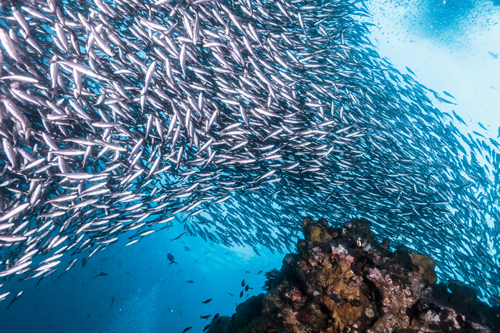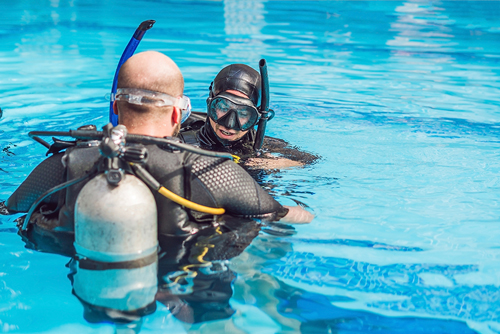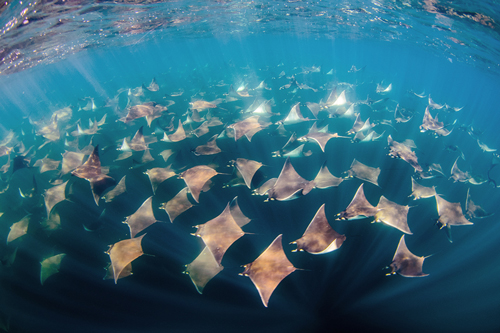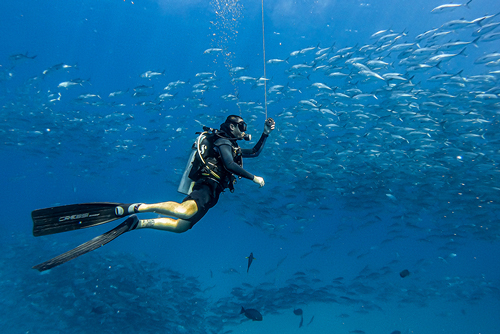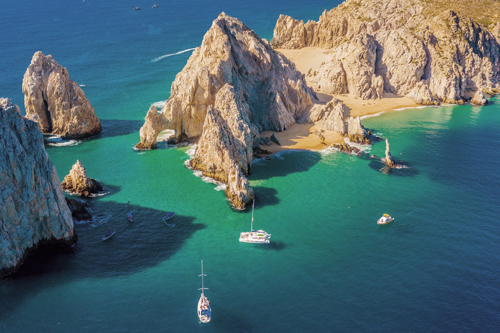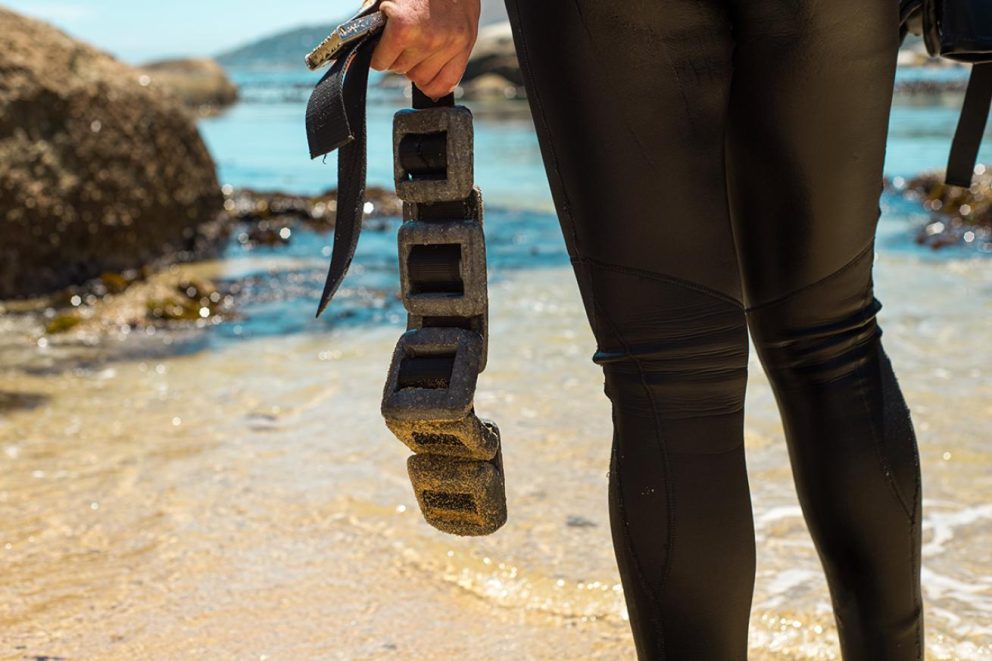Suddenly it’s that time of year again; the cold water Pacific up-welling embalms the coral reefs that reside in the mouth of the Sea of Cortez; from Cabo San Lucas bay to The Corridor to Cabo Pulmo National Park. 3mm shorties are swiftly replaced with 7mm long suits followed by hoods, gloves, rash guards and any extra neoprene you can get your hands on as each week gets nearer to the peek cold water season of summer.
With the changing of neoprene arrives the changing of weights: more neoprene = more weights. The questions is: how much extra weight do you need? I know you only used 6lbs on your Caribbean vacation last year, sir, but this has ABSOLUTELY NOTHING TO DO with diving in a 7mm in the Cortez. By the way.

Why Do We Need to Use the Correct Weight?
Out of courtesy your dive guide will ask you how much weight you need. But, they already know. They are simply just checking that you know what they know. Any dive professional worth their salt (awesome pun, thank you very much) can take one look at you and provide you with an accurate estimate.
“But I like to be heavy in the water” – mmm… so you’ll be the one trampling coral and burning up your air then will you? It’s a selfish diving practice.
We are not insisting that you take the correct weights out of a stubborn ego trip. We want you to be comfortable and we don’t want to spend our dive re-teaching buoyancy control that you learned in your Open Water Course. We want to go and show you the best of the local wildlife and look for new things we haven’t see before. We want your bottom time to last as long as everyone else by conserving air and not dragging extra weights around at depth or on the surface. Correct weighting makes life easier for all of us. And after mastering your buoyancy, why not look for a new experience? Have you tried scuba diving in La Paz, you will find wrecks to dive in, colonies of sea lions and other unique diving experiences.
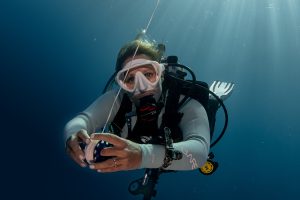
How to Establish the Correct Amount
“Any object, wholly or partially immersed in a fluid, is buoyed up by a force equal to the weight of the fluid displaced by the object.” — Archimedes, a long time ago.
Is a quote that you don’t actually need to bring to the dive boat! But it’s the buoyancy concept and as a principle of physics we can apply some basic common equations to figure out how much weight we may need. Stay with me readers, there’s no actual maths to do.

If you have the PADI Advanced Open Water manual you can check their buoyancy guidelines in their ‘Peak Performance Buoyancy’ chapter for more detail – but it goes something like this depending on the wetsuit and diving equipment:
- 3mm shorty: 5% body weight
- 7mm long suit: 10% body weight
- Aluminium tank: Add 2kg/ 4lbs
- Steel tanks: Subtract 2kg/ 4lbs
- Boots or hood: Add 1kg/2lbs for each
- Salt Water: Add 1kg/2lbs
- Fresh Water: No extra weights.

Of course, the thickness of the suit must be adjusted according to the diving conditions. But what are the recommended wetsuit for diving in Cabo according to the water temperature ?
Just to complicate matters further this is very basic list. Sorry PADI. These estimates are rigid and based on a person of normal build and, possibly, a person living in the slimmer 1980’s. Times change. What’s MORE IMPORTANT than how much neoprene you have is BODY TYPE. If 2 people weigh 190lbs but one is a body builder and the other is… erm… well let’s just be politically correct and say ‘not a body builder’, there will be a difference in lead needed: muscle sinks and fat floats. In addition, if any of the neoprene you use is new then you need to add a couple more pounds.
IMPORTANT Buoyancy Techniques:
Buoyancy Check
Easily the first skill you forget when you finish your open water course but the most imperative to retain for accurate buoyancy control. On my dive boat a weight check is mandatory on dive 1 and every subsequent dive when you change any variable.
How it’s done:
Once in the water; put your regulator in your mouth, do not kick your feet and breathe normally while emptying the BCD completely. Once your head goes under make a nice, long drawn-out exhale. Resist the urge to kick. You should be descending VERY SLOWLY. When wearing thick suits the buoyancy changes dramatically in the first 10 feet and you will feel heavy very quickly once it compresses. 5mm+ wetsuits are very buoyant at the surface but you don’t need to take the anchor with you to get to the bottom.
Compensating with the BCD for pressure changes.
Don’t be afraid of your inflate button. At depth, air should be added slowly and steadily to the BCD to achieve neutral buoyancy: leading to effortless, relaxed fin kicks. Suddenly the fish don’t seem so scared and those underwater photos and videos turn out 100% better. Who knew?

As you ascend at the end of the dive your thick wetsuit will suddenly ‘pop’, ESPECIALLY at the safety stop level. To avoid ascending faster than the group, or omitting a safety stop completely because of a rapid ascent, safely ascend in a controlled manor by releasing any rapidly expanding air from the BCD if needed on the way up. Keep that finger posed on the deflate button and be in an up-right body position to ensure air can escape skywards.
In my opinion, as a full time cold water dive pro of 9 years, the biggest mistakes people make are: taking too much weight, losing control and surfacing on safety stops, forgetting to buoyancy check and, finally, to not properly compensate for the thicker suit during the dive.
If you have time then take a buoyancy course. They can be conducted over just 2 dives and are not much more in price than a certified diver tour. Plus, it’s a good way to get your own dive guide! Or thinking about becoming a certified diver? look at our FAQ on the topic !



